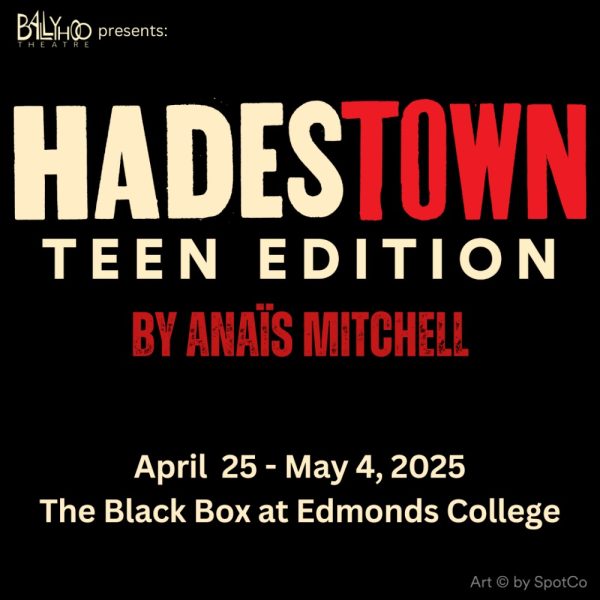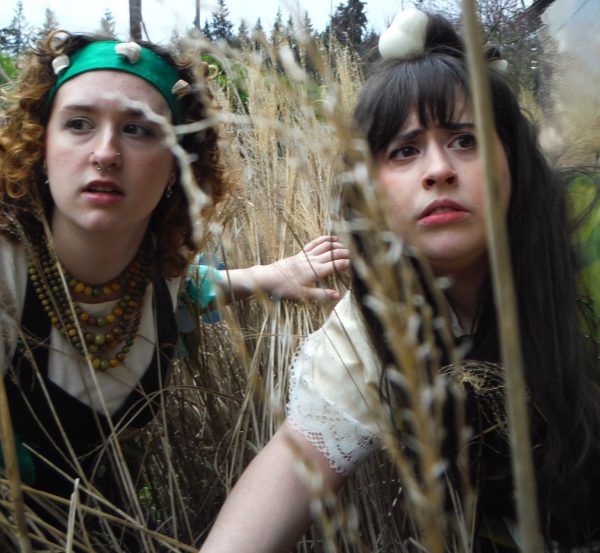A student’s guide to electronic science media
In Netflix’s new show Bill Nye Saves the World, famous model Karlie Kloss assists science edutainer Bill Nye in humorously explaining how carbon dioxide forms carbonic acid in water, and how our oceans are affected by climate change.
Fifty percent of 18 to 29-year-olds get their news on an online platform, and eighteen percent of all adults get their news from social media, according to a 2016 poll from the Pew Research Center.
Social media connects a lot of us, and although it’s been denounced for propagating fake news and “misinformation,” it can just as easily spread the latest scientific research and technologies. EdCC student Zach Bigelow commented that he used to watch documentaries, but with limited time as a student, “The primary way I get information on science is just my friends sharing things on Facebook.”
Enter science media – media platforms that present science in accessible, fun and usually free formats. This includes Facebook (FB) pages, YouTube videos and podcasts. Once viewers like a FB page such as I Fucking Love Science or follow @IFLScience on Twitter, their feed will be populated with the latest geeky articles and discoveries. For students who enjoy surfing YouTube, channels such as “Gross Science” and “Talk Nerdy to Me” are sure to entertain. Fast-talking smartypants Hank and John Green head the “Crash Course” series, exploring various topics including archaeology, cell reproduction and psychological disorders. Other experts on the channel tackle economics, computer science, mythology and even film-making.
If you commute to school, chances are you’re already taking advantage of podcasts to entertain and inform you. The StarTalk podcast featuring Neil DeGrasse Tyson accomplishes both. Tyson interviews celebrities about science, fields theoretical questions from fans and shares his stage with comic co-hosts such as Chuck Nice. The team often explores the interplay of science and sports, with topics such as the physics of a home run. StarTalk also aired as a 20-episode series on the National Geographic channel, and a new, fourth season is slated for this fall. You can follow @neiltyson on Twitter for insightful bursts of news and humor.
Another entertaining podcast that deals with innovative research is the Naked Scientists Podcast from the United Kingdom. Hosts Dr. Chris Smith, a virologist, and Kat Arney, a science broadcaster and harpist, address topics such as traveling to Mars, stem cells and cancer. The duo interview top scientists in the field, answer listener questions and sometimes even conduct short experiments on themselves. Spinoff podcasts include Naked Genetics and the eLife podcast. Another, Naked Maths, is forthcoming.
For student tweeters, a Twitter account to follow is biologist Joanne Manaster, @sciencegoddess. She shares intriguing articles and books as well as adorable animal photos. Her website, joannelovesscience.com, explains that her purpose is “to share science stories to pique the interest of the general public without sensationalism, to encourage the reading of great popular science books and to support and encourage youth, particularly girls, to consider STEM careers.”
Although a subscription to Netflix isn’t free, students with access to this provider should check out “Bill Nye Saves the World.” Bill Nye teamed up with Netflix to create a timely series aimed at illuminating modern controversies such as reproductive technologies, gender misconceptions and global warming. The half-hour episodes include a discussion panel, a performance by a sports or entertainment celebrity to illustrate something related to the show topic and of course science experiments.
Less fun but certainly useful, the Khan Academy also supplies short video tutorials on educational topics. Sal Khan began the program in 2004 as a way to tutor his cousin over the internet, and the library has swelled to include over 26 days worth of video. Viewers can subscribe to the Khan Academy channel on YouTube or go to khanacademy.org to set up a free profile that tracks their progress and provides other learning tools.
Podcasts, YouTube videos, Twitter accounts and shows – thanks to the variety and accessibility of electronic science media, students can easily get plugged into science and have fun at the same time.






